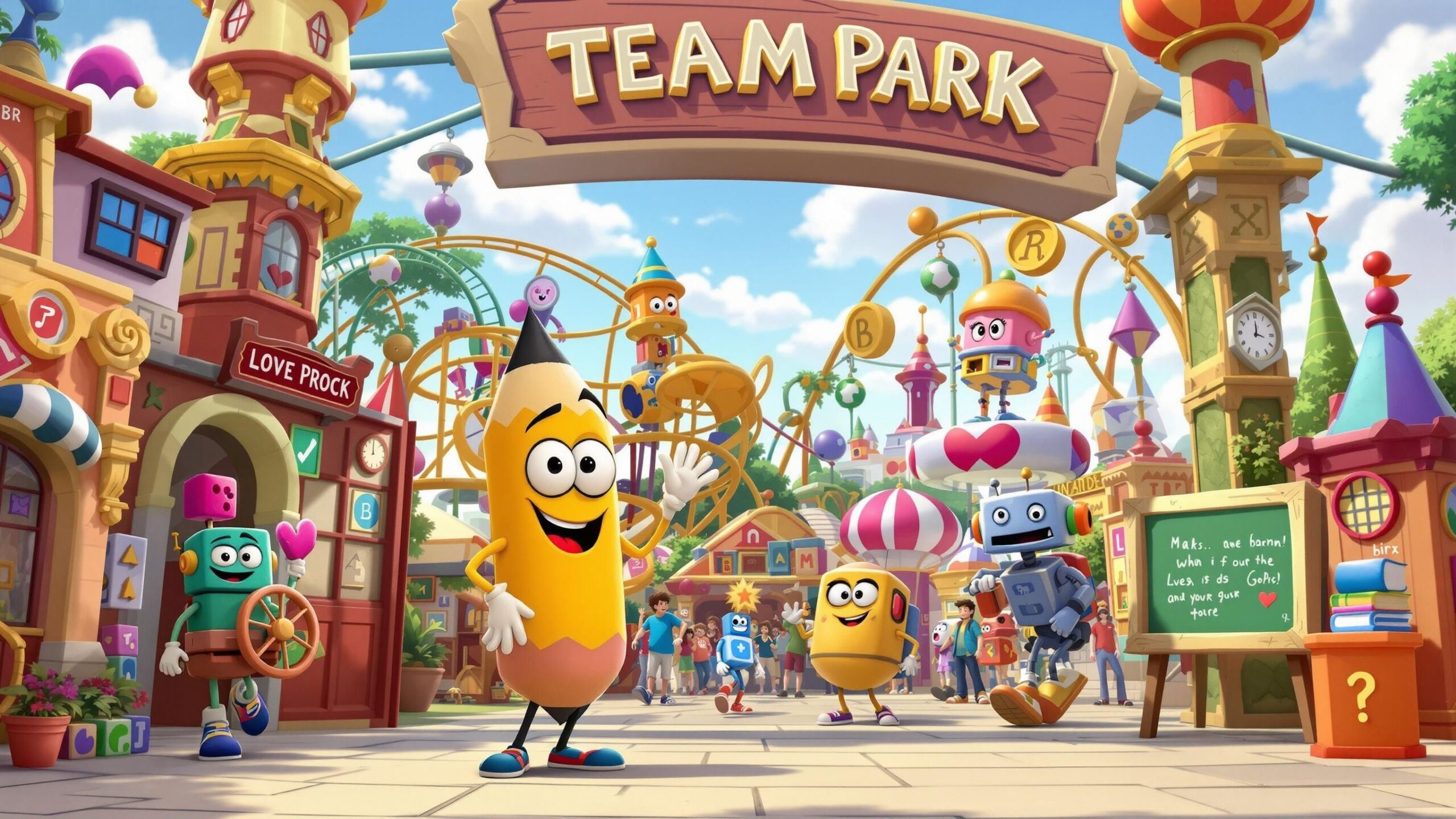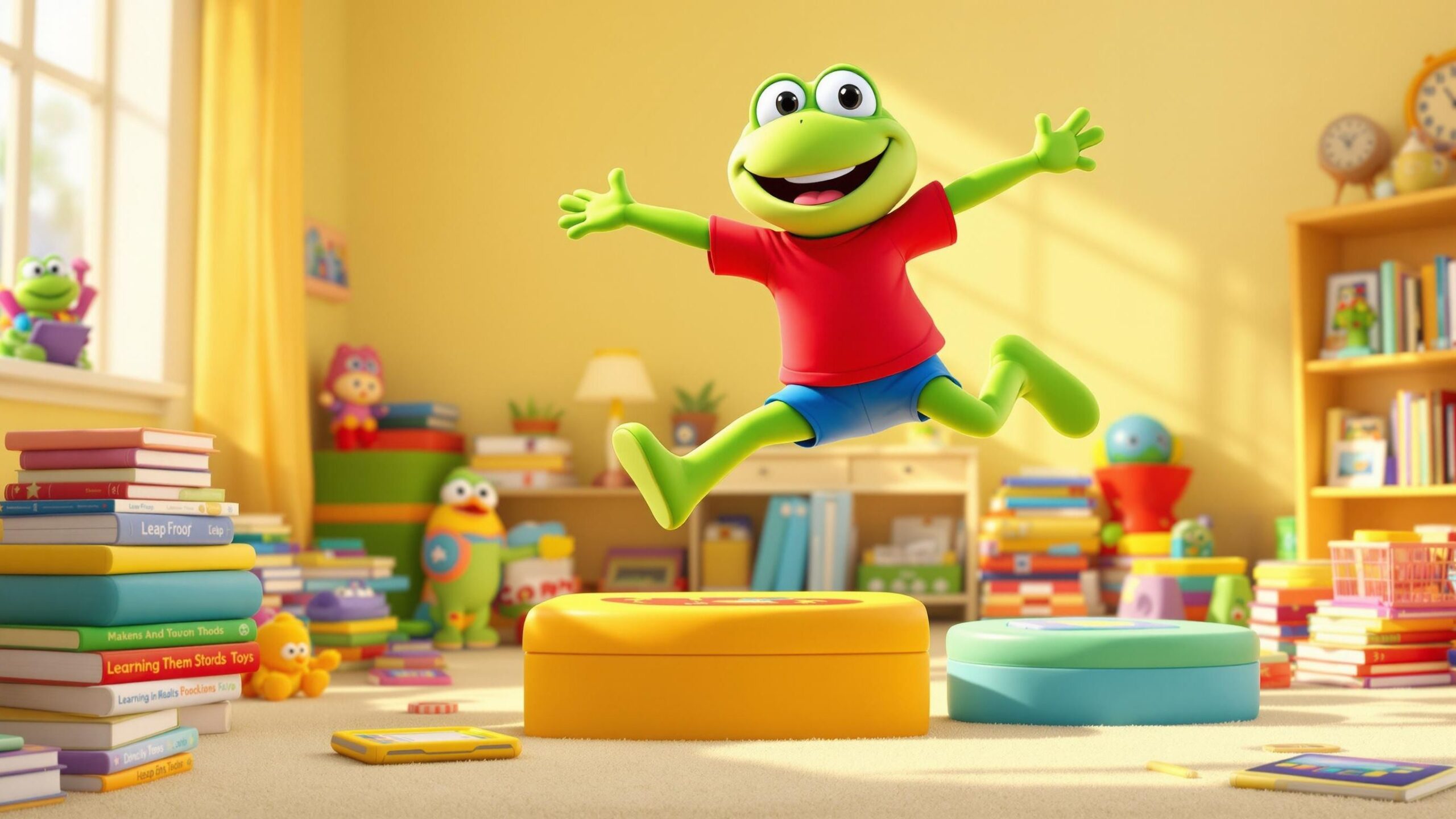STEM—short for science, technology, engineering, and math—has become a major focus in education, but getting kids genuinely excited about those subjects can be a challenge. That’s where mascots come in. Whether animated or costumed, these colorful characters stepped in to spark curiosity, explain tough concepts, and make abstract ideas feel real. From glitchy robots to gravity-defying frogs, these mascots weren’t just teachers—they were entertainers, sidekicks, and imagination igniters. Over the years, they’ve helped demystify the scientific method, celebrate problem-solving, and prove that nerdy can be cool. Here are the top 10 STEM mascots who made science unforgettable for kids.
#10: Digit from Cyberchase is the feathered cyberbird with a knack for solving math problems under pressure
Voiced by Gilbert Gottfried, Digit became a standout not just for his comic relief, but for his brainpower. He broke down numbers, spotted patterns, and modeled teamwork in every episode. Digit’s anxious but lovable personality made him relatable—especially when tackling intimidating math concepts. Whether dodging Hacker’s traps or explaining geometry, Digit showed that it’s okay to panic a little—as long as you keep thinking.
#9: Ruff Ruffman from Fetch!
With Ruff Ruffman is technically a game show host—but in practice, he’s a whirlwind of STEM chaos. This animated dog introduced real kids to engineering challenges, science experiments, and creative design tasks. Ruff’s over-the-top antics and love for gadgets helped normalize trial-and-error learning. He made it clear that building, breaking, and trying again wasn’t just okay—it was the point. His blend of humor, curiosity, and hands-on science helped bridge the gap between entertainment and real-world problem solving.
#8: Sid the Science Kid
Is the preschooler who made the scientific method a daily routine from asking big questions like “Why do bananas go bad?” to investigating sound and balance, Sid encouraged kids to observe, predict, and explore. His catchy songs and relatable classroom made science feel like a normal part of life. With help from animated teacher Susie and classmates who loved asking “Why?”, Sid made sure every kid felt like a scientist—no lab coat required.
#7: Jet Propulsion
From Ready Jet Go! is an alien who turned Earth science into an interstellar adventure. Jet’s love for our planet’s geology, weather, and solar system made STEM feel larger than life. His ability to explain concepts through space travel, alien tech, and high-energy enthusiasm gave him cosmic appeal. Jet’s curiosity was infectious, and he never talked down to his viewers. Instead, he brought them along on every mission, proving that science is a universal language.
#6: Beakman
From Beakman’s World wasn’t animated, but he might as well have been with his neon lab coat, explosive hair, and chaotic energy. Played by Paul Zaloom, Beakman was a mad scientist with a heart of gold who conducted real science experiments in the weirdest, most entertaining ways possible. Accompanied by Lester the giant rat and assistant Josie, he answered viewer questions using slapstick, cartoons, and actual demonstrations. Beakman made STEM funny, messy, and deeply memorable.
#5: Octonauts
From the show of the same name combined marine biology, engineering, and exploration in one adorable underwater package. Characters like Captain Barnacles, Peso the medic penguin, and Tweak the bunny engineer tackled real ocean science topics like coral bleaching and hydrothermal vents. The show seamlessly blended storytelling and STEM facts, with each episode ending in a “Creature Report” full of real-world info. For many kids, the Octonauts were their first look at field science—and it came with submarines, sea monsters, and team-based problem solving.
#4: Ms. Frizzle
From The Magic School Bus is the gold standard of STEM mascots. With her magical transportation and catchphrase “Take chances, make mistakes, get messy!”, she redefined what it meant to teach science. Each field trip went far beyond the classroom—shrinking down to explore cells, diving into volcanoes, or flying through the atmosphere. Ms. Frizzle’s passion, theatrical flair, and trust in her students’ curiosity made her a timeless STEM icon who still inspires teachers and learners alike.
#3: Dr. Bunsen and Beaker
From Muppet Labs introduced chemistry, invention, and scientific mishaps to millions. While the experiments always ended in disaster, their dynamic taught kids that science involves risk, repetition, and resilience. Bunsen’s confidence and Beaker’s shrieks of fear created an unforgettable comedy duo that hid real scientific themes beneath the laughs. Though not strictly educational, their legacy in STEM engagement is undeniable—especially for kids who grew up mimicking “Mee-mee-mee!” in the classroom.
#2: Blippi
May divide adults, but for preschoolers, he’s a STEM mascot superhero. Through field trips, construction demos, and endless questions, Blippi uses physical play and enthusiasm to make engineering and science tactile. Whether he’s riding a bulldozer or mixing paint colors, Blippi helps connect STEM concepts to real-world settings. His repetitive phrasing, colorful outfit, and constant curiosity help lock in learning for the youngest viewers—especially when math or physics sneak in through play.
#1: Bill Nye the Science Guy
Took complex science and made it unforgettable with comedy, music videos, and real experiments. Bill’s fast-talking, pun-packed delivery turned chemistry and physics into entertainment, while still teaching serious facts. He didn’t just explain—he performed science, making every concept feel important and alive. With segments like “Did You Know That?” and high-speed demonstrations, Bill proved that STEM wasn’t just for labs—it was for living rooms, classrooms, and anyone ready to shout “SCIENCE RULES!” He’s not just a mascot—he’s a movement.
These mascots did more than entertain—they inspired. By mixing humor, storytelling, and curiosity, they helped a generation of kids see science not as something intimidating, but as something awesome. Whether it was blasting into space or dissecting slime, these STEM ambassadors made sure that learning could be thrilling, messy, and full of wonder. And in doing so, they lit the spark for countless future scientists, engineers, coders, and creators.



